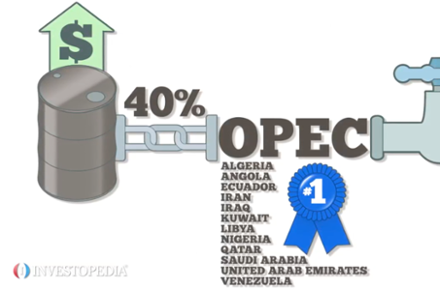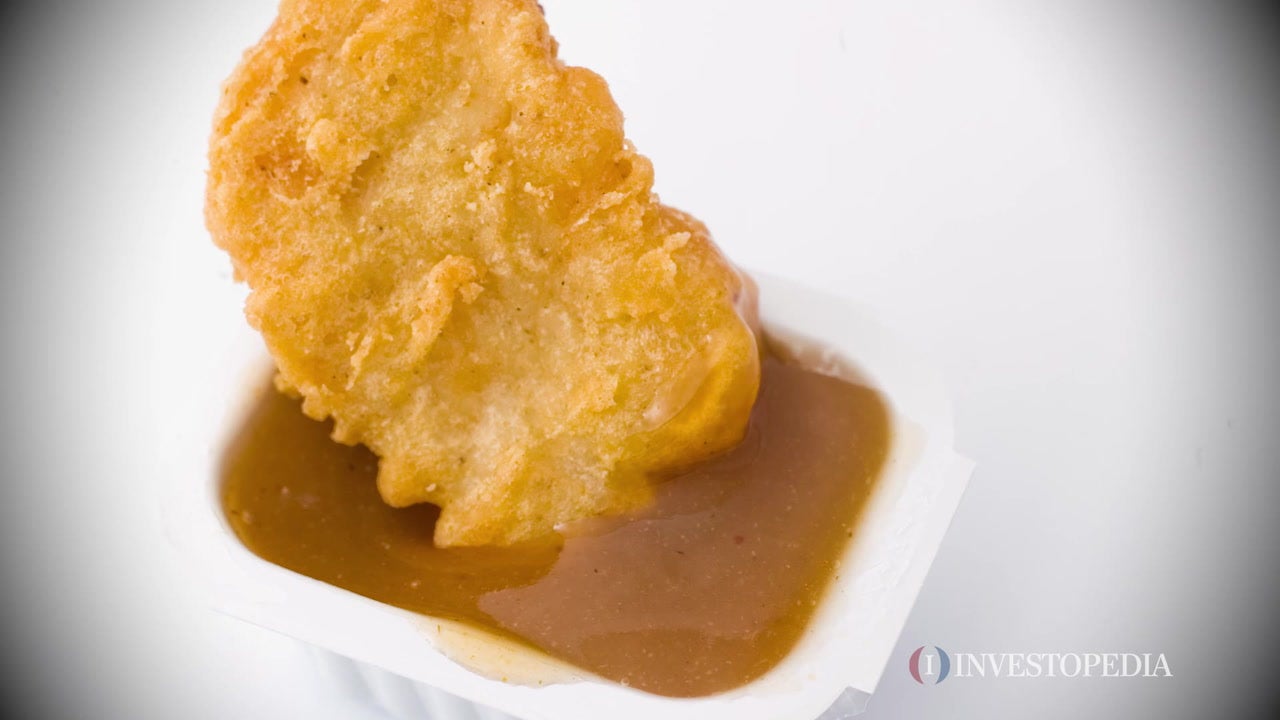Futures contracts are a type of forward contract between a buyer and a seller of an asset. They agree to exchange goods and money at a future date, but at a price and quantity determined today. Future contracts differ from other forward contracts because they are actively traded in secondary markets like the Chicago Mercantile Exchange and the Intercontinental Exchange. Futures contracts have a wide range of underlying assets, from commodities like coffee, corn, wheat, currencies and metals, and from stock indexes like the Nikkei* 225 or S&P 500. Futures markets serve companies or businesses who want to protect themselves from price volatility in different securities, as well as investors or speculators who try to profit from the change in price of an asset. Other aspects to note about futures contracts: They are standardized, regulated and free of counterparty risk since exchange clearinghouses guarantee that traders in the futures markets will honor their obligations. To start trading futures, an investor selects the asset they want to trade, and makes an initial margin deposit with a broker. The broker will then place the trade for the specific asset with the clearinghouse. A maintenance margin is required in order to keep the account active. Consider a long position of three September corn contracts, each of which covers 5,000 bushels. Assume the contract price is $3 per bushel and that each contract requires a margin deposit of $300 and a maintenance margin of $200. The total initial margin deposit would be $900, and the maintenance margin for the account would be $600. If the price of the bushel increases 4 cents to $3.04, then the investor gains $600 (3 contracts x .04 x 5000 bushels). However, if instead it decreases 4 cents (from $3 to $2.96), the investor loses $600, The account deposit would be reduced to $300, and the investor would need to deposit $600 of variation margin in order to get the account back to its initial margin.





